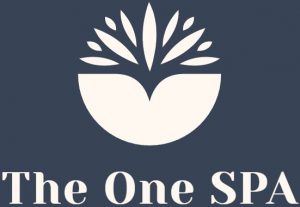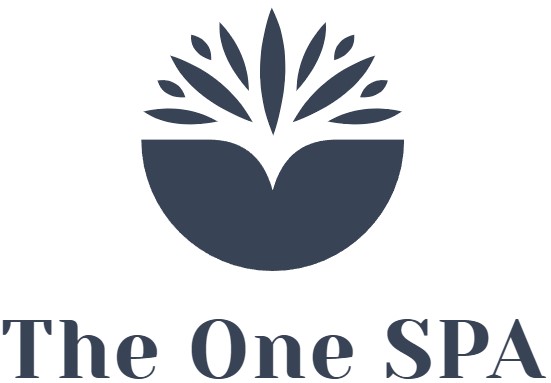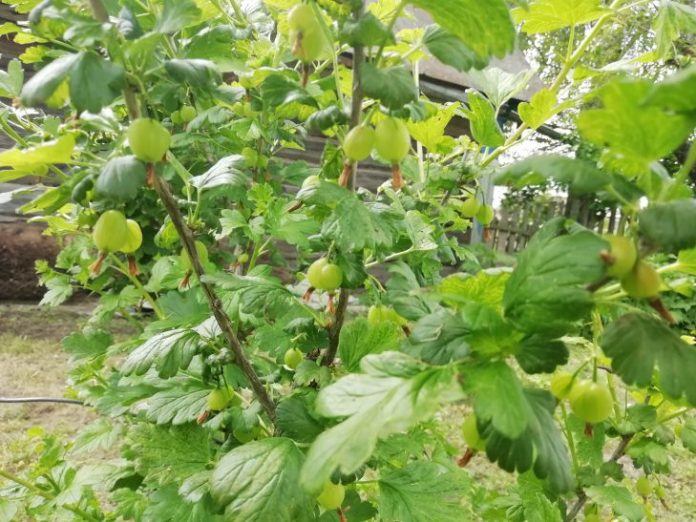The last month of summer is a very important period for gooseberries and currants..
After all, it is during this period that the buds for the next year are laid on the bushes..
That is why a summer resident has no right to ignore plants after the berry harvest is complete.
Crops must continue to be watered, protected from diseases and. fed.
There is one great August remedy, thanks to which the buds will be laid without any problems. This means that next year’s harvest will most likely be very abundant.
Ideal August feeding for currants and gooseberries
An expert of our magazine, agronomist and landscape designer Anastasia Kovrizhnykh reminds: in the final third of summer, the soil under the above-mentioned fruit crops is greatly depleted.
There is probably a deficiency of potassium and phosphorus.
That is why it is advisable to apply phosphorus-potassium fertilizers in August.
Without such feeding, the process of setting buds for the next year will most likely be seriously disrupted.
At the end of summer, potassium monophosphate is ideal for currants and gooseberries (7 grams of the product per bucket of water).
It makes sense to feed the plants with potassium sulfate (15 grams per bucket of water).
But fertilizers that contain nitrogen or chlorine can seriously harm gooseberries and currants at the end of summer.
Important reminder: it is advisable to combine fertilizing shrubs with such procedures as loosening the soil and using mulching materials.
The last month of summer is a very important period for gooseberries and currants..
After all, it is during this period that the buds for the next year are laid on the bushes..
That is why a summer resident has no right to ignore plants after the berry harvest is complete.
Crops must continue to be watered, protected from diseases and. fed.
There is one great August remedy, thanks to which the buds will be laid without any problems. This means that next year’s harvest will most likely be very abundant.
Ideal August feeding for currants and gooseberries
An expert of our magazine, agronomist and landscape designer Anastasia Kovrizhnykh reminds: in the final third of summer, the soil under the above-mentioned fruit crops is greatly depleted.
There is probably a deficiency of potassium and phosphorus.
That is why it is advisable to apply phosphorus-potassium fertilizers in August.
Without such feeding, the process of setting buds for the next year will most likely be seriously disrupted.
At the end of summer, potassium monophosphate is ideal for currants and gooseberries (7 grams of the product per bucket of water).
It makes sense to feed the plants with potassium sulfate (15 grams per bucket of water).
But fertilizers that contain nitrogen or chlorine can seriously harm gooseberries and currants at the end of summer.
Important reminder: it is advisable to combine fertilizing shrubs with such procedures as loosening the soil and using mulching materials.
The last month of summer is a very important period for gooseberries and currants..
After all, it is during this period that the bushes begin to lay buds for the next year..
That is why the summer resident does not have the right to ignore the plants after the berry harvest is completed.
Crops must continue to be watered, protected from disease and. fed.
There is one great August remedy, thanks to which the buds will form without any problems.This means that next year’s harvest is likely to be very bountiful.
Ideal August feeding for currants and gooseberries
Our magazine’s expert, agronomist and landscape designer Anastasia Kovrizhnykh reminds us: in the final third of summer, the soil under the above-mentioned fruit crops is severely depleted.
There is probably a deficiency of potassium and phosphorus.
That is why it is advisable to apply phosphorus-potassium fertilizers in August.
Without such feeding, the process of bud formation for the next year will most likely be seriously disrupted.
At the end of summer, potassium monophosphate is ideal for currants and gooseberries (7 grams of product per bucket of water).
It makes sense to feed the plants with potassium sulfate (15 grams per bucket of water).
But fertilizers containing nitrogen or chlorine can seriously harm gooseberries and currants at the end of summer.
Important reminder: it is advisable to combine fertilizing shrubs with such procedures as loosening the soil and using mulching materials.


